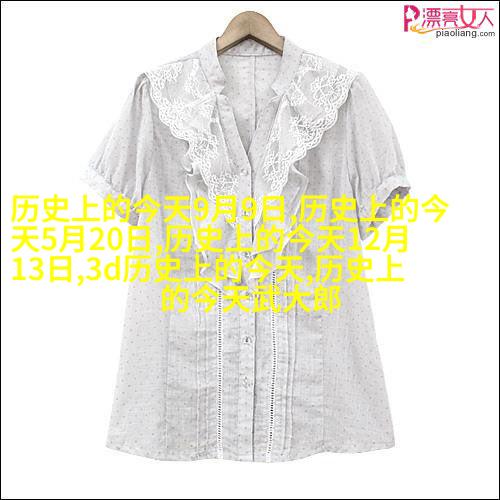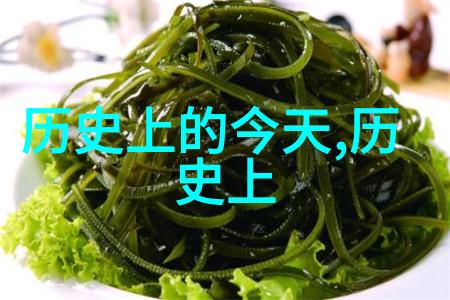Translating Ming Dynasty History into English: A Comprehensive Guide

The Ming Dynasty, which lasted from 1368 to 1644, is a significant period in Chinese history. During this time, China experienced economic prosperity and cultural flourishing. To share these stories with a global audience, it's essential to translate Ming dynasty history into English accurately and effectively.
Firstly, understanding the context of Ming dynasty history is crucial before translation. The Ming period was marked by the rule of emperors who valued Confucianism and sought to restore traditional values. This can be reflected in translations by using terms that convey respect for authority and adherence to established customs.

For instance, when translating "明朝" (Ming dynasty), one could use "the Ming Dynasty" or simply "Ming." Similarly, "中国" (China) would be translated as "China."
In addition to proper nouns like names of people and places, there are specific terms related to the culture and politics of the time that require careful translation. For example:

政治制度 (political system): Could be translated as "administrative system."

文化艺术 (culture art): Translated as "cultural arts."
经济发展 (economic development): Translated as "economic growth."

To provide more insight into daily life during this era:
食物和饮料: Could include rice wine ("酒"), tea ("茶"), noodles ("面条"), dumplings ("饺子") etc.
住宅和建筑: Include descriptions such as temples ("寺庙"), palaces ("宫殿"), gardens ("园林") etc.
Moreover, historical events should also be accurately translated while maintaining their original context:
明朝的建立: Can be translated as either 'The founding of the Ming dynasty' or 'The establishment of the Ming.'
It's important not only to translate words but also phrases that have cultural significance:
尊贵的礼节:Can be translated as 'ceremonial etiquette.'
When it comes to describing major figures in this era:
明朝皇帝:Should not just refer them by name but describe their role too; e.g., Emperor Yongle
科举考试:Should explain its importance; i.e., Imperial examinations
Lastly when discussing technological advancements during this time period:
火器发明:Can mention its impact on warfare; e.g., invention of gunpowder revolutionized warfare.
By considering these factors while translating Ming dynasty history into English we can ensure an accurate portrayal without losing any essence from the original text.



